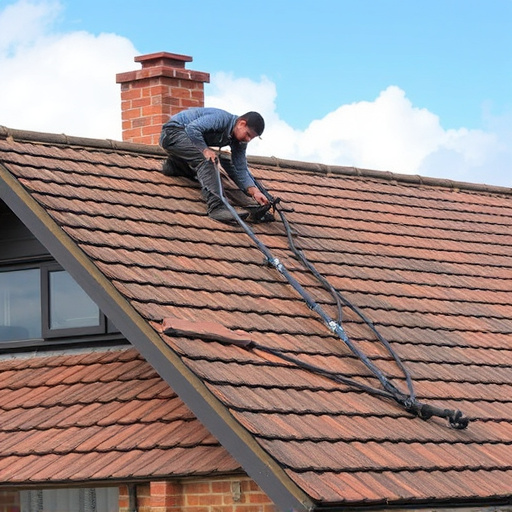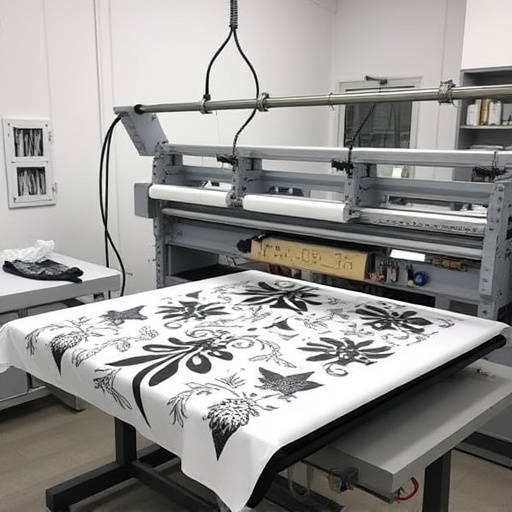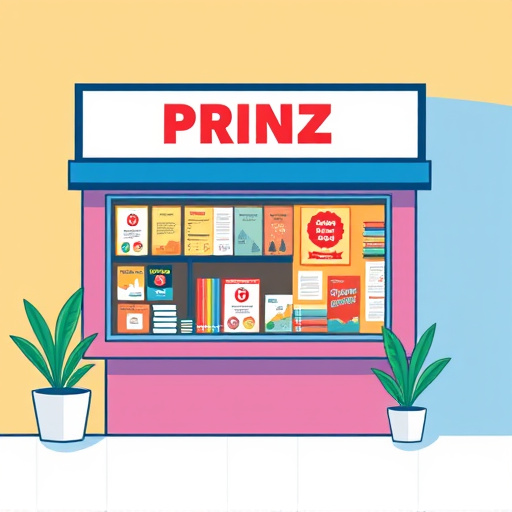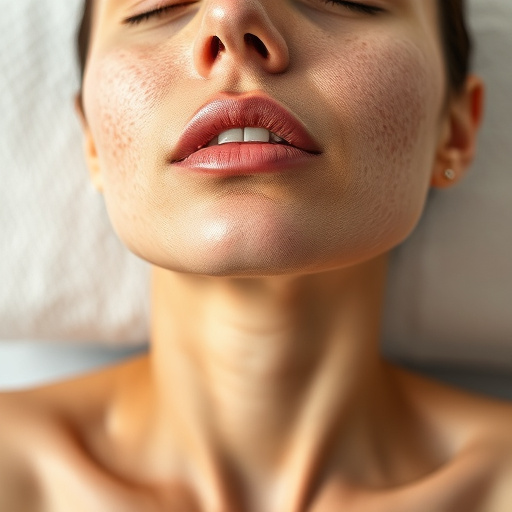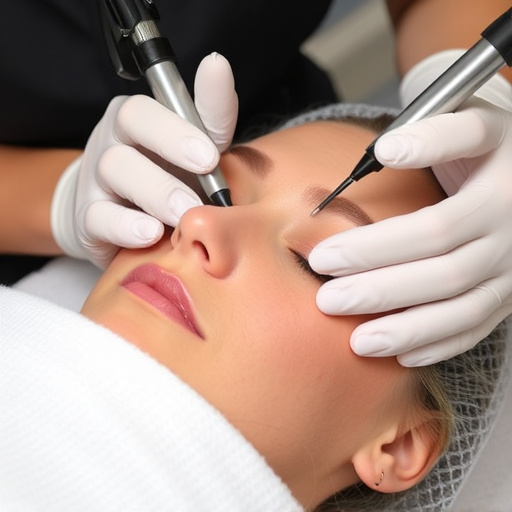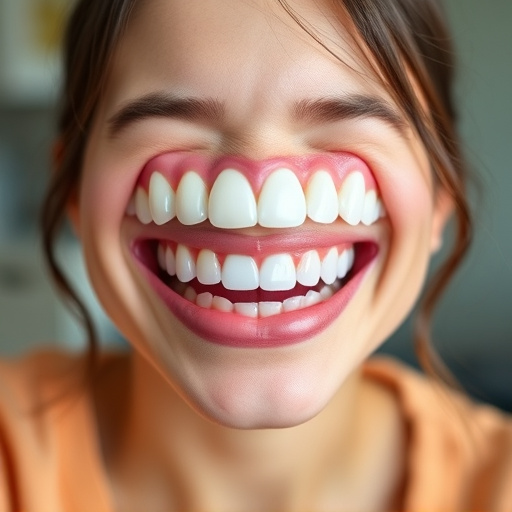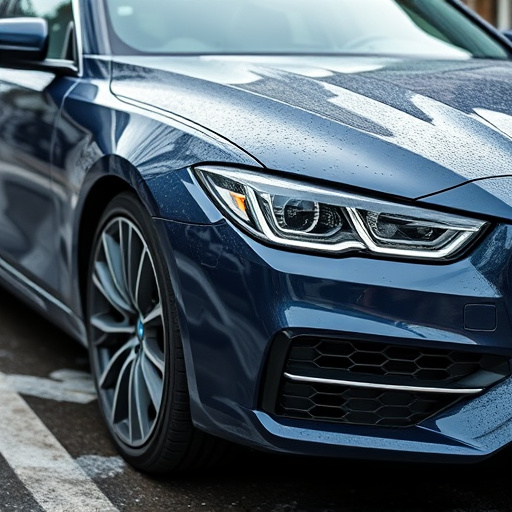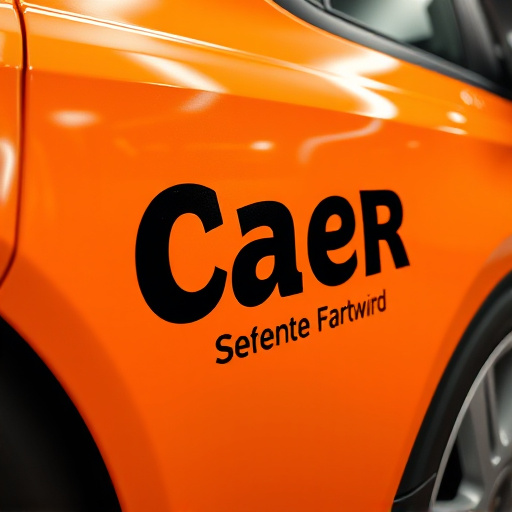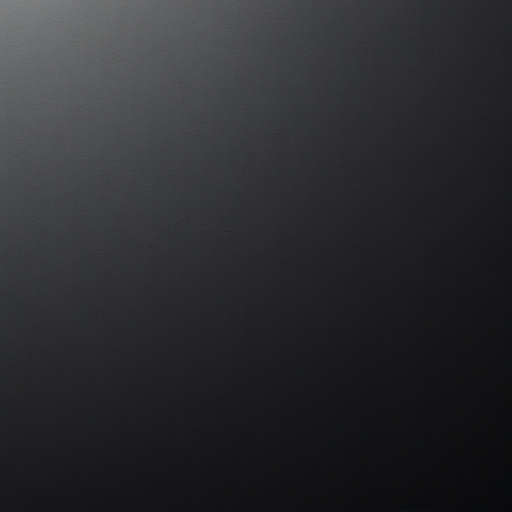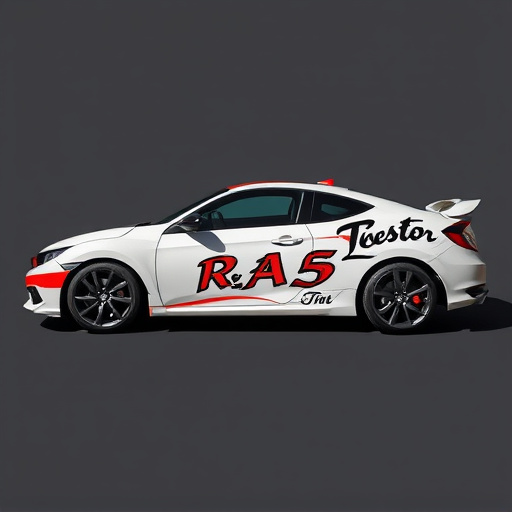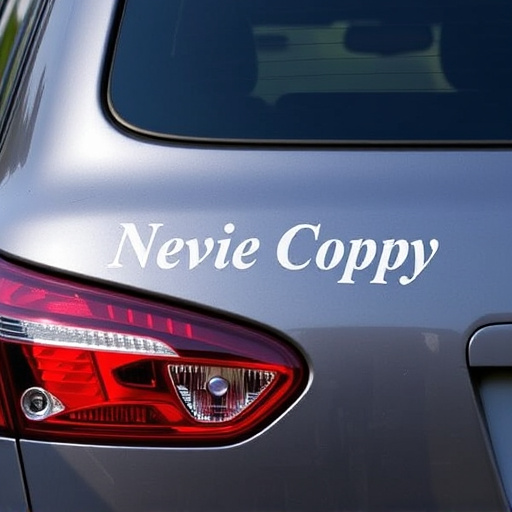Matte finish wraps enhance vehicle aesthetics with non-reflective surfaces, durability, and scratch resistance. Combined with tints, they offer unique visual effects and UV protection but may reduce window visibility, requiring meticulous installation to maintain aesthetics and clarity. This pairing allows for creative design options, including custom graphics, but demands professional application for optimal results.
“Considering a fresh look for your vehicle? The combination of matte finish wraps and tints has gained popularity for its unique aesthetic appeal. This article delves into the world of matte wraps, exploring their benefits like durability and low-maintenance, as well as challenges such as limited color options. We’ll also dissect the role of tints in design aesthetics and guide you through the pros, cons, and best practices when merging these techniques for a truly distinctive look.”
- Understanding Matte Finish Wraps: Benefits and Challenges
- Tints and Their Role in Design Aesthetics
- Combining Wraps and Tints: Pros, Cons, and Best Practices
Understanding Matte Finish Wraps: Benefits and Challenges

Matte finish wraps offer a unique aesthetic to vehicles, providing a sleek and modern look that sets them apart from traditional glossy or satin finishes. This type of wrap is characterized by its dull, non-reflective surface, created through specialized printing techniques on high-quality films. The benefits are numerous; matte wraps are highly durable, offering excellent scratch resistance and protection against environmental factors like UV rays and bird droppings. They also serve as a protective layer, preserving the underlying paint job and enhancing the overall vehicle protection.
However, combining matte finishes with tints presents both advantages and challenges. While the subdued appearance can complement tinted windows, it may also result in reduced visibility through the window due to the diminished reflectivity. Moreover, ensuring proper paint correction before applying wraps is crucial, as any imperfections will be amplified by the matte finish. The process demands precision, especially when dealing with intricate designs, to avoid bubbles or misalignments that can compromise both the aesthetic and protective qualities of these high-quality finishes.
Tints and Their Role in Design Aesthetics

In the realm of design aesthetics, tints play a pivotal role, especially when paired with matte finish wraps. These tints serve as a bridge between the raw material and the artistic vision, allowing designers to achieve complex color gradients and unique visual effects. By applying tints over matte-finished surfaces, artists can create depth and texture that captivate the eye, enhancing the overall allure of the wrap.
Furthermore, tints offer not just visual appeal but also functional benefits. They provide an additional layer of UV protection, safeguarding the underlying graphics from harmful solar radiation. This is particularly crucial for vehicles and other surfaces exposed to prolonged sun exposure, ensuring that high-quality finishes remain vibrant and durable. Additionally, custom graphics can be seamlessly integrated into this system, enabling personalization on a whole new level.
Combining Wraps and Tints: Pros, Cons, and Best Practices
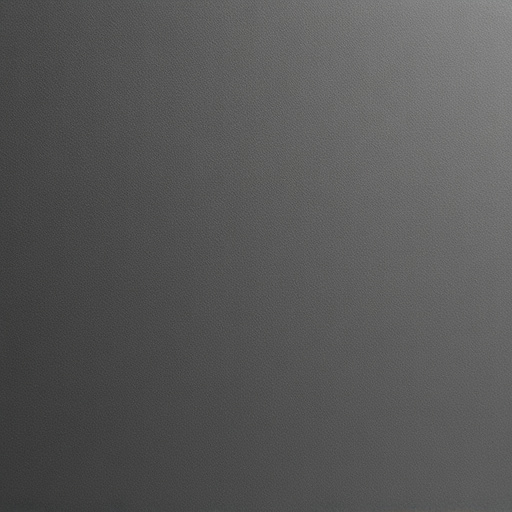
Combining matte finish wraps with tints can create a unique aesthetic, but it’s important to understand the pros and cons before making this design choice. On one hand, pairing matte wraps with ceramic window tinting offers enhanced visual appeal, providing a contrast between the non-reflective surface of the wrap and the tinted windows. This combination can add depth and dimension to a vehicle’s exterior, making it stand out in a sea of shiny finishes. Moreover, using matte wraps as a base and adding tints allows for creative design options, from subtle gradients to bold color blocks.
However, there are considerations to keep in mind. The application process becomes more complex when working with both materials simultaneously. Ensuring precise alignment and avoiding bubbles or streaks during installation is crucial. Additionally, while matte wraps offer protection against scratches and debris, the addition of tints may introduce new challenges, such as maintaining clarity and preventing yellowing over time. Best practices include thorough preparation of the surface, careful selection of compatible products, and seeking professional installation to achieve a flawless result that maximizes both style and functionality.
When considering combining matte finish wraps with tints, it’s essential to weigh the pros and cons. While this approach can enhance design aesthetics, offering a unique visual experience, it also presents challenges like potential color inconsistencies and increased application complexity. Adhering to best practices, such as choosing complementary tints and ensuring proper surface preparation, can help achieve stunning results with this creative combination.

